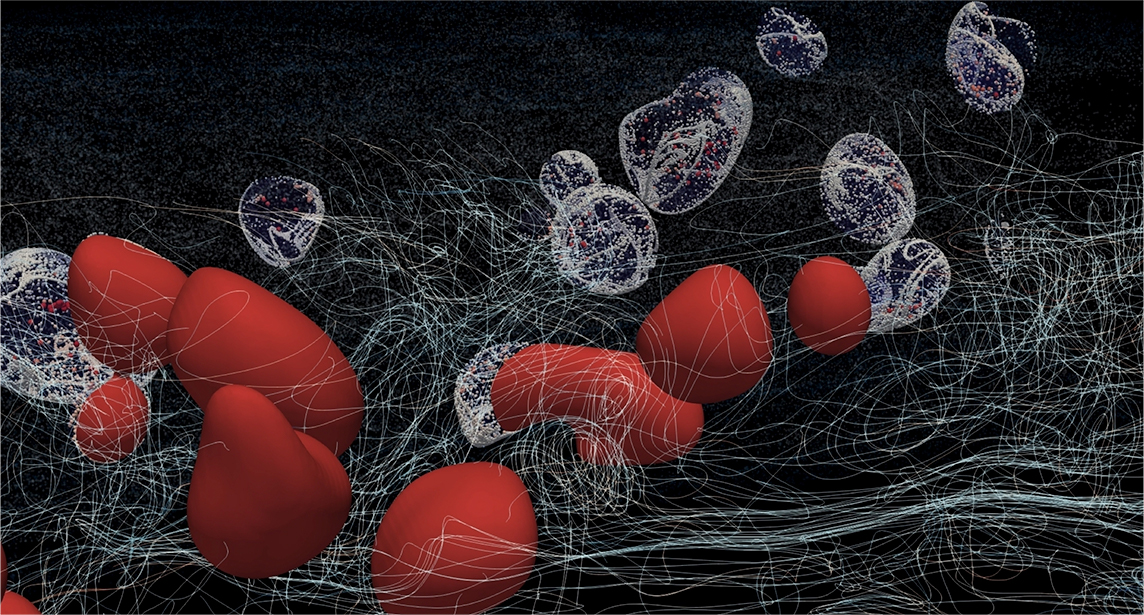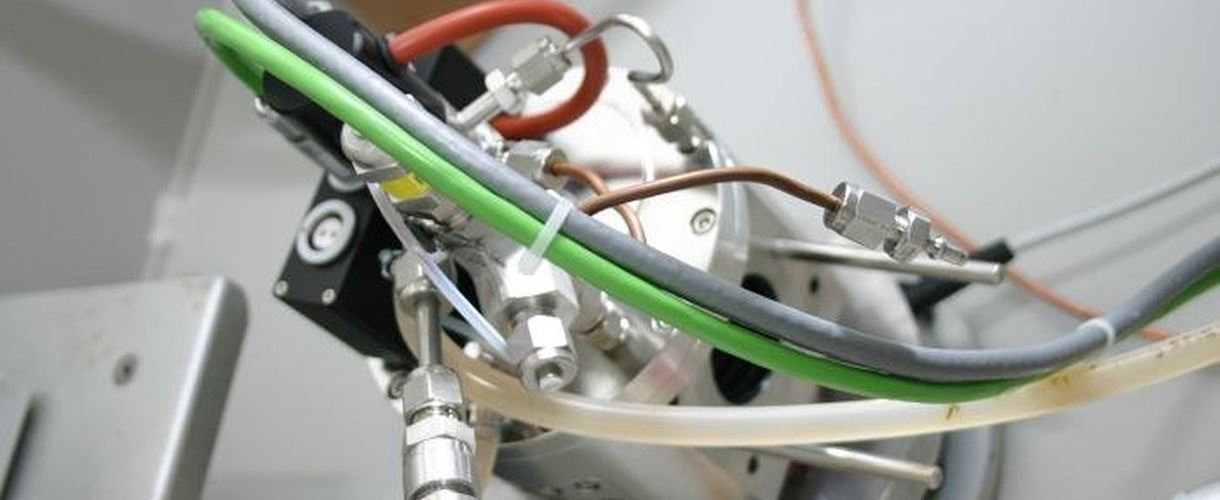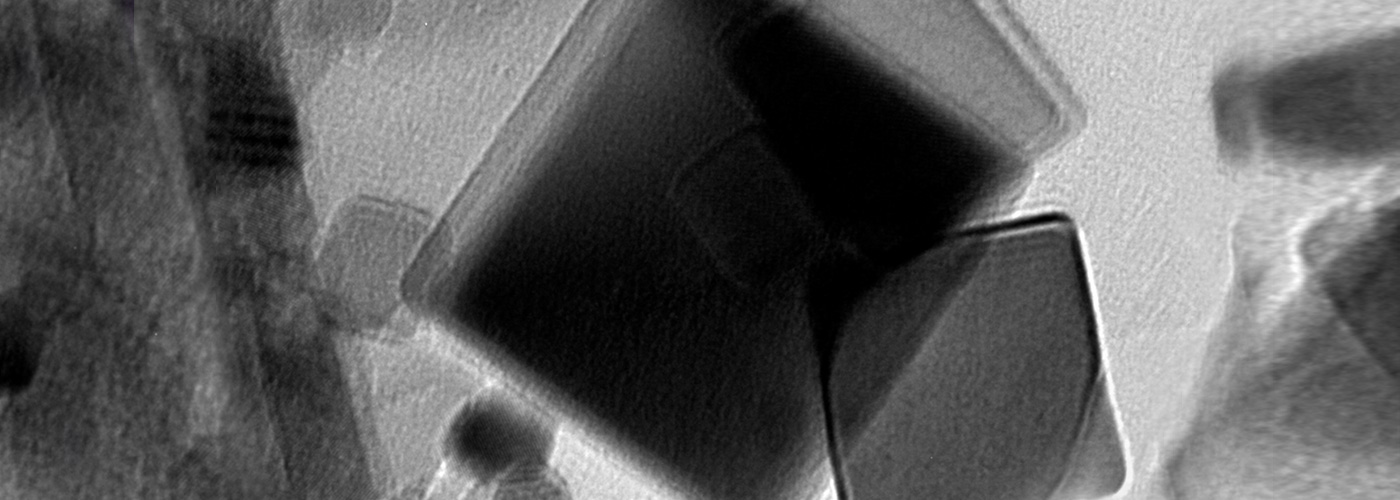Research projects carried out within the PhD programme
Intersectoral safety for disaster risk reduction and resilience (Local website – opens in new tab)
Reference person: S. Grimaz
Description: The project studies the problem of reducing the risks of disaster affecting the physical and built environment adopting an intersectoral approach with particular regard to structures and critical infrastructures, network systems and services, energy production and transport systems and other systems or assets of particular value for the community. The aim is to deal in a scientific and rational way with all the phases of the disaster management cycle: prevision, prevention, response and recovery. The objective is to define effective, integrated and pro-active methods and strategies for assessing, managing and improving safety. The risk reduction has seen as an integral part of sustainable development and of the increasing of territorial resilience; the topic is part of the UNESCO Chair on Intersectoral Safety for Disaster Risk Reduction and Resilience and is closely related to and functional to the objectives set by the United Nations Agenda for Sustainable Development.
Advanced risk assessment for mould growth conditions and interstitial condensation in building envelopes (Local website – opens in new tab)
Reference person: O. Saro
Description: The health and safety criticalities of building enclosures are mainly related to vapour migration and heat transfer. Residential, historic and public buildings that have not been properly designed, eventualy suffer from mould or rising dump. Advanced hygrothermal simulations of building envelopes could be used for the assessment of the risk of interstitial condensation and mould growth conditions, but they are relatively recent and not well known to technicians. The aim of this research activity is to find new applications and procedures to ensure better health, safety and comfort standards for the built environment.
Catalysts for reduction of particulate emissions assisted by NOx (Local website – opens in new tab)
Reference person: A. Trovarelli
Description: Removal of soot from diesel exhaust gas is a challenging topic. The emissions of diesel engines are known to be hazardous pollutants for human health. The general target of this project will be the development of new catalytic materials for the oxidation of particulate matter at low temperatures assisted by NOx. The attention will be focused on identification of active species, definition of reaction mechanism, knowledge on the chemical properties of the catalyst components, influence of the contact type between catalyst and soot, influence of the operating cycles on the catalytic performances in order to find correlations between catalyst properties and catalytic activity.
Preferred background: Laurea or equivalent degree in Industrial Engineering, Chemistry and Technical Chemistry.
Experimental characterization of polymer/fiber-induced drag reduction (Local website – opens in new tab)
Reference person: C. Marchioli
Description: Aim of this project is to investigate experimentally polymer and/or fiber drag reduction in an industrial-scale loop equipped with standard centrifugal pumps. The effect of different polymer/fiber drag reducing agents (DRA) and the efficiency of polymers/fibers as drag reducers will be analysed for a range of concentrations and Reynolds numbers). Drag reduction data will be used to estimate the effect of polymer injection in industrial-size pipes, considering the effect of polymer degradation due to the injection system and/or to turbulence inside the flow.
Materials and processes for catalytic treatment of natural gas engines emissions (Local website – opens in new tab)
Reference person: A. Trovarelli
Description: Natural gas operated vehicle emissions control is challenging because of the low catalytic reactivity of methane (CH4) compared to all other exhaust hydrocarbon (HC) species. The problem is to find catalysts that display high reactivity for CH4 under the range of temperature and lambda conditions encountered in 3-way aftertreatment applications. CNG is composed mostly of methane (CH4) which is the most difficult HC to catalytically combust. This presents a tremendous challenge to modern TWC systems both at current and future emission standards because most of the emissions occur during the cold-start and warm-up period before the catalyst is fully active. For traditional TWCs, complete conversion of CH4 may not occur until temperatures near 500°C are obtained. Highly-loaded Palladium-based catalysts have long been the choice for CH4 combustion, bothh in automotive applications and in stationary power generation. However, existing catalysts still cannot match light-off performance of gasoline HC species and also show light-off properties that are strongly dependent on how the catalysts are pre-conditioned prior to each engine cold-start. The project will focus on identifying combinations of precious metals and support phases that fulfill the multiple challenges of low-temperature CH4 light-off, durability under high-temperature redox conditions, and minimal conversion hysteresis under cyclic lean-rich operating conditions.
Preferred background: Laurea or equivalent degree in Industrial Engineering, Chemistry and Technical Chemistry.
Numerical simulation of turbulent three-phase flow (Local website – opens in new tab)
Reference person: C. Marchioli
Description: Aim of this project is to develop an innovative multiscale computational approach for three-phase turbulent flows that goes beyond classical RANS-based CFD methods and can be applied to flow configurations of industrial interest in a computationally efficient way. In particular, the approach must be able to take into account the effects of the different scales affecting the system. The three phases targeted are: small solid particles, large (deformable) liquid droplets and a liquid carrier fluid. We propose to study such a system via an Eulerian-Lagrangian methodology based on both direct numerical simulation (for benchmarking purposes) and large-eddy simulation (for application to industrial flows) of turbulence, coupled with an extended formulation of the Phase Field method to capture droplet-interface dynamics in the presence of droplet-to-fluid viscosity and density difference.
Simulation of flexible fibers in turbulence (Local website – opens in new tab)
Reference person: C. Marchioli
Description: Turbulent dispersion of elongated flexible fibers in boundary layers is a phenomenon with many transversal applications in sciences and technology, yet still poorly understood. Numerical simulations of such systems are challenging since they involve transient fluid flow with many immersed non-spherical solid objects subject to large bending. Understanding the importance of fiber bending requires accurate numerical methodologies. Aim of the project is to extend the capabilities of an existing DNS-based code to perform massively-parallel simulations of flexible fibers in high-Reynolds-number turbulence.
Simulation of fully-resolved anisotropic particles in turbulence (Local website – opens in new tab)
Reference person: C. Marchioli
Description: Turbulent dispersion of large anisotropic particles in boundary layers is a phenomenon with many transversal applications in sciences and technology, yet still poorly understood. Numerical simulations of such systems are challenging since they involve transient fluid flow with many immersed non-spherical solid objects subject to large displacements. Understanding the phenomena occuring on the particle length scale requires accurate numerical methodologies, typically based on Direct Numerical Simulation (DNS) of the flow. Aim of the project is to develop a DNS-based numerical tool for fully-resolved particle-level simulations.







